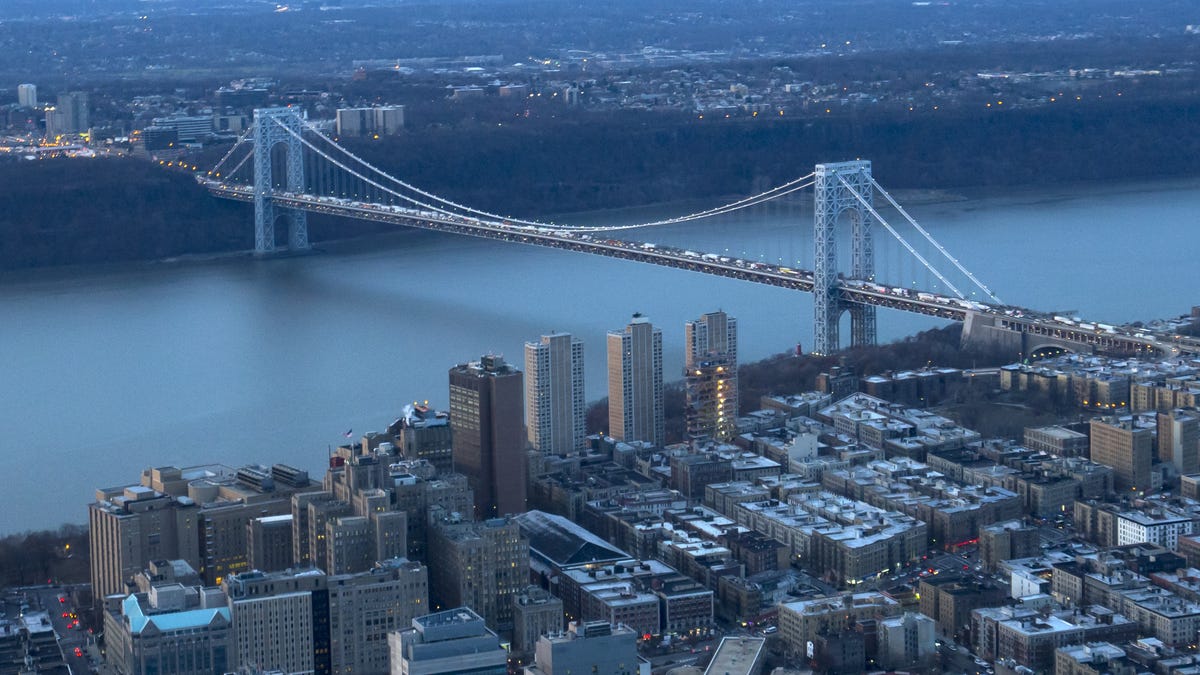Latest update signals that Adobe hasn't yet burned its Bridge CC
After a prolonged silence on Creative Cloud's digital asset-management tool, Adobe's finally started the process of rebuilding Bridge.

For a developer of tools for creative professionals, Adobe has been remarkably lax at asset management. The only tool it offers to manage more than just a limited set of file types has been Adobe Bridge, which hasn't been substantially updated in years. I have a press deck from 2008 -- that's circa Photoshop CS4 -- with screenshots that look almost identical to its current state. All it's really gotten since the 64-bit OS update in CS6 (version 5.x) has been camera raw codec updates to keep Photoshop in sync with Lightroom. Creative Cloud Libraries fill some of the gaps, but are really insufficient for even medium-scale media management. And most important, Libraries don't manage anything locally and you have to be logged in to CC to access assets.
So, welcome Bridge CC 6.2. From a power-user perspective, the most important visible enhancements are changes in the way the thumbnail cache is handled and the control you have over it, as well as more intelligent thumbnail generation. There's more automated cache management, as well as the ability to set it to always compact on exit and to automatically purge cache items older than a specified number of days. And no longer will you have to wait for all the thumbnails to render and the filter pane to populate; Bridge now generates thumbnails on demand and during idle time. The result of all of these changes should be faster browsing and search and more efficient operation overall.
Another notable update is the the ability to see and download from mobile devices (via PTP/MTP), but that's only for folks on El Capitan, currently only about 35-40 percent of Mac users. It's sad that it's taken this long and that support's so limited -- and that because it relies on OS X 10.11's Image Capture utility, it lacks the power of Bridge's Photo downloader and creates a separate workflow. While you can add some automation to Image Capture via Automator, it doesn't have nearly the power of Bridge's Photo downloader (for, say, renaming files with EXIF metadata). I hope using the operating system's built-in tools isn't a permanent solution.
Adobe has also returned the options to auto-stack panorama and HDR images and fixed bugs, including issues with MPEG-2 and Dolby playback.
However, Adobe also says this version "lays the foundation for future development." Not as definitive as blowing away the entire code base and starting from scratch, but it's a signal that Bridge is finally under active development again. For those of us who still rely heavily on Bridge for non-Lightroom workflows, it's a start. But there's such a long way still to go.
Bridge 6.2 should appear in your CC update queue today.
In other news, the new features in Adobe Muse CC announced in October 2015 and the rebranded Flash Pro (as Adobe Animate CC) are available today as well.

